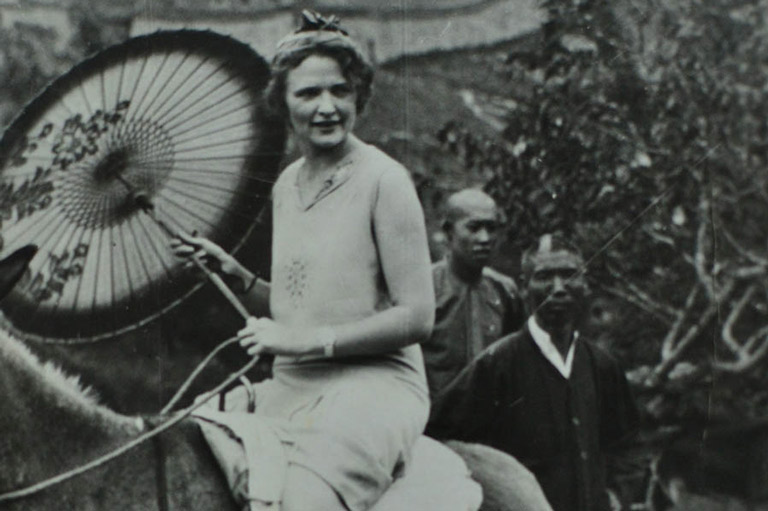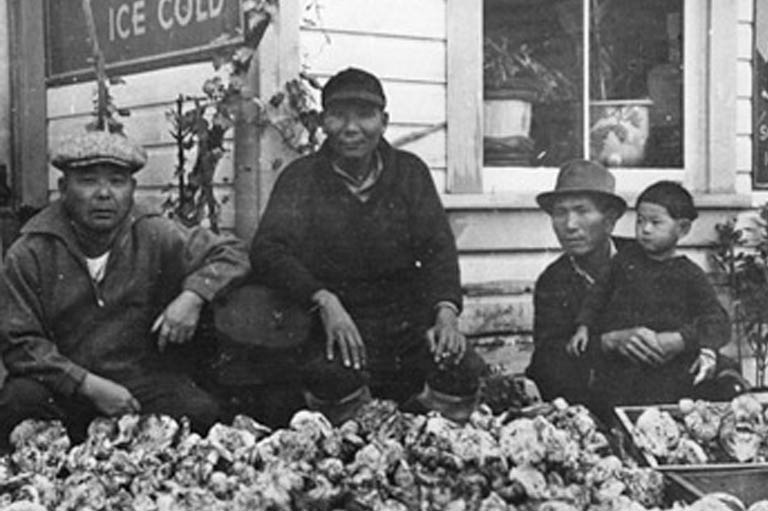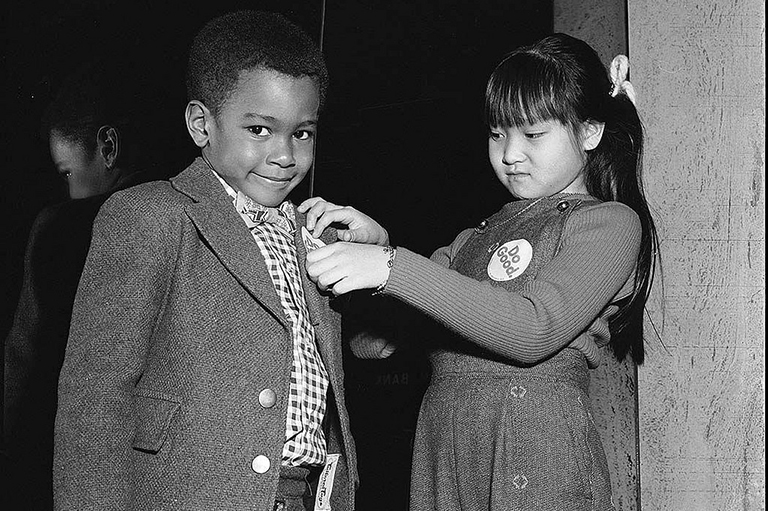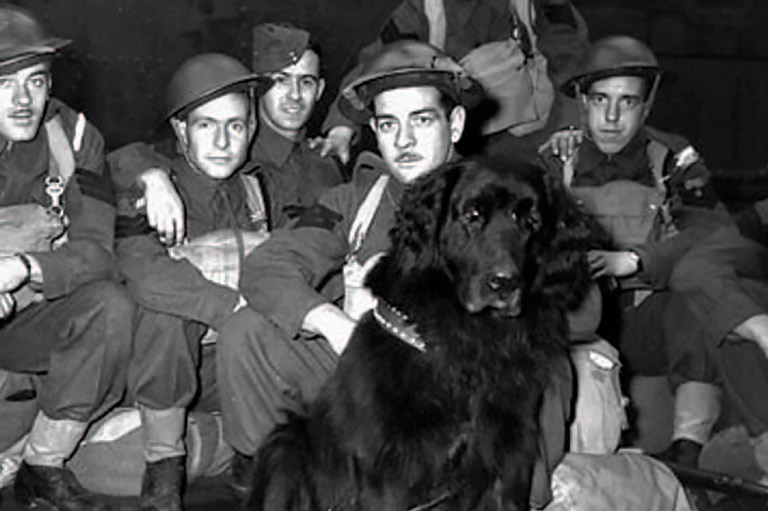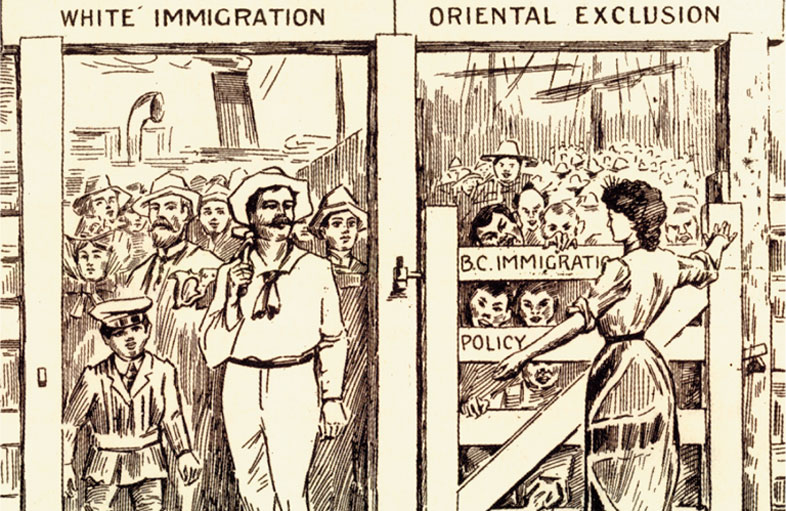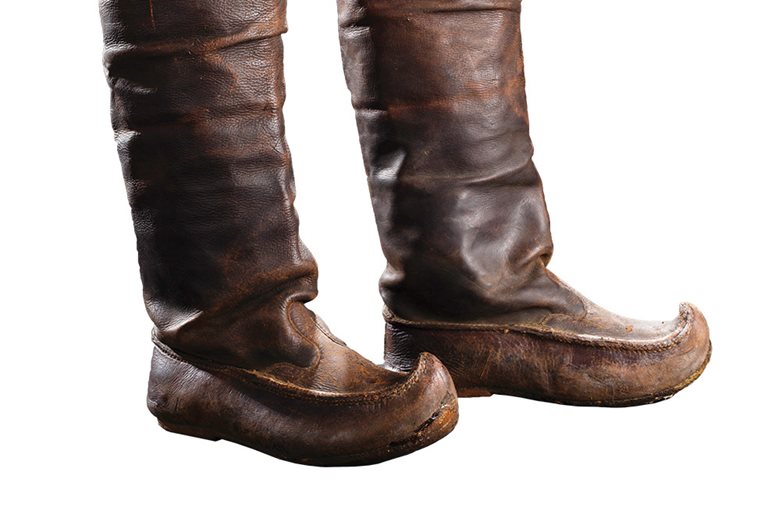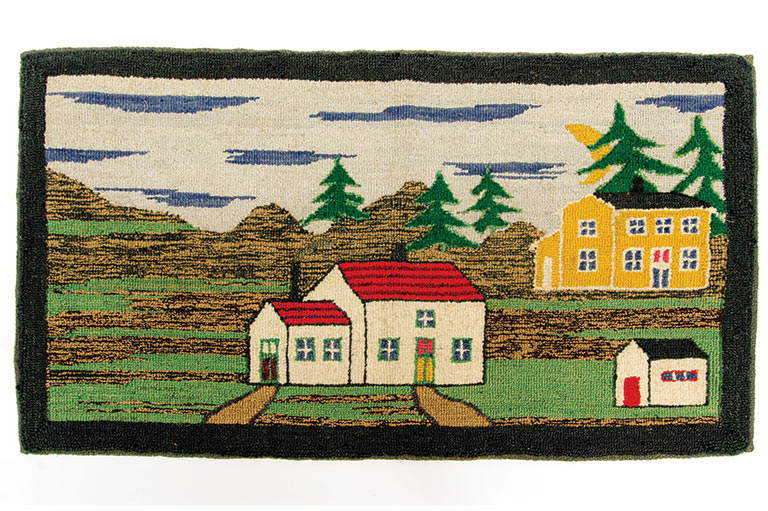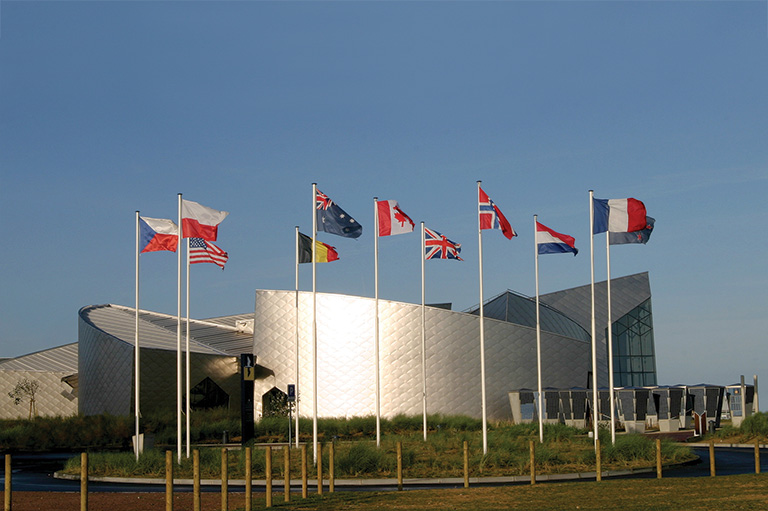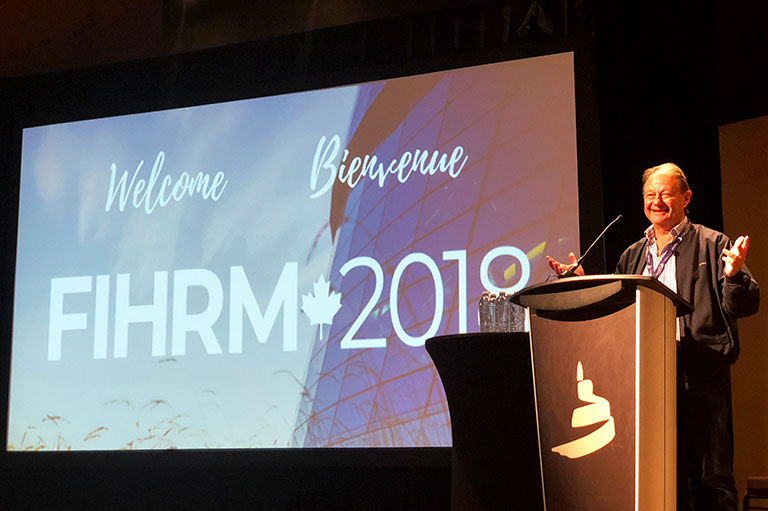Discover a wealth of interesting, entertaining and informative stories in each issue, delivered to you six times per year.
A Witness to War – and Peace
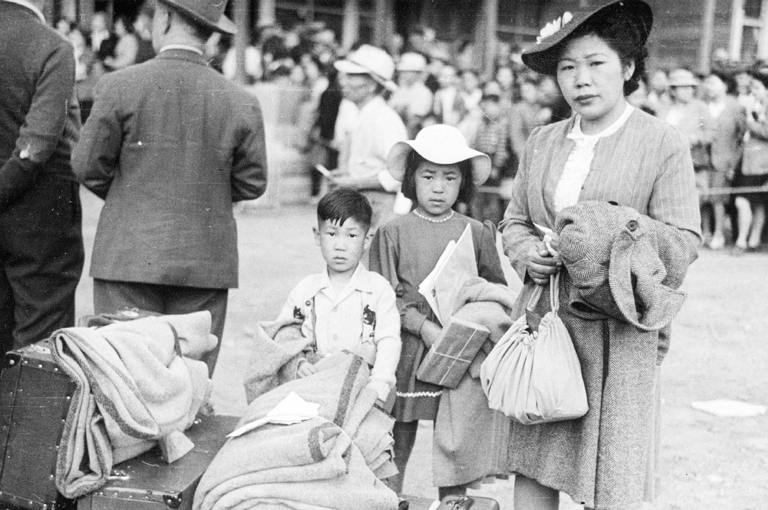
A new Canadian museum will highlight the history of war and war crimes in Asia during the Second World War in an effort to prevent similar atrocities from occuring in the future.
The WongAvery Asia-Pacific Peace Museum and Education Centre, which will open by the end of 2022 in Toronto, will be a “lightning rod” to explore “the lessons we must learn from the horrors of the war,” said Dr. Joseph Yu-Kai Wong, the founder of the Association for Learning and Preserving the History of WWII in Asia (ALPHA).
Wong said he was inspired to build the museum after witnessing new generations of Canadians show a greater interest in learning about the history of the war and its impacts both in Canada and around the globe.
“The main reason why we started to drive our dream to reality was because we saw the passion and enthusiasm of young people [for this history],” Wong said. “They give us hope that this history will forever serve as a lesson for all to remember the horrors and [will show] how each of us can help to prevent repeating history.”
Wong said Canada is the perfect location for the museum because of the country’s diversity, which includes a large and growing population of people of Asian descent; its Charter of Rights and Freedoms, which protects and promotes the rights of immigrants and encourages multiculturalism; and a justice system that fights for the rights of minorities.
While other museums explore the Second World War, Wong said the Asia-Pacific Peace Museum will provide greatly needed context on the Asian experience during that conflict. The museum will examine the causes of the war, the expansion of the conflict, the aftermath, and its continuing impacts and legacy today. The galleries will explore topics such as the Nanking Massacre; the “comfort women” who were forced to act as sexual slaves for Japanese soldiers; the use of biochemical and germ weapons; the mistreatment of prisoners of war; the Battle of Hong Kong; the use of atomic bombs to end the war; and, on the home front, the internment of Japanese Canadians during the war.
Wong hopes the museum will be a “hub for active teaching and research for high school and university students and academics, to promote understanding of the causes of war and the ways to bring about reconciliation and peace.”
The exhibition will comprise of three parts: introduction and overview, the scourges of war and part-war reflections. The museum will also feature classrooms and a research space. Wong’s goal is to see the museum eventually host more than ten thousand students annually, in addition to public visitors. Private fundraising for the museum continues; Wong is also seeking federal and provincial funding.


